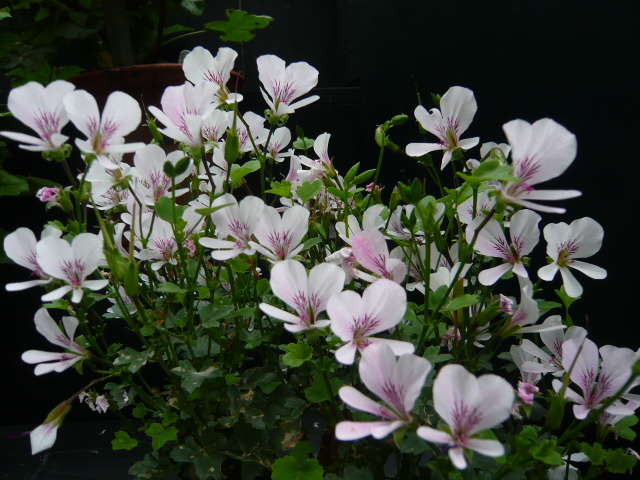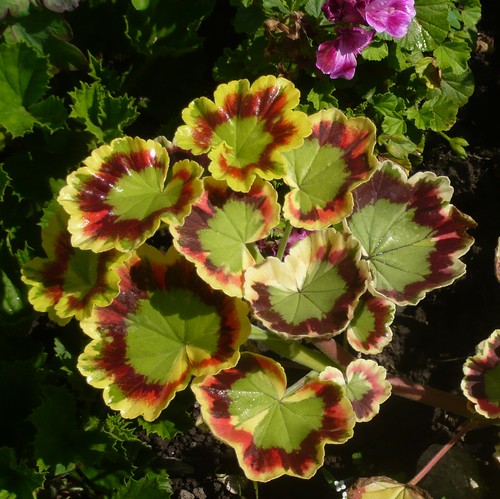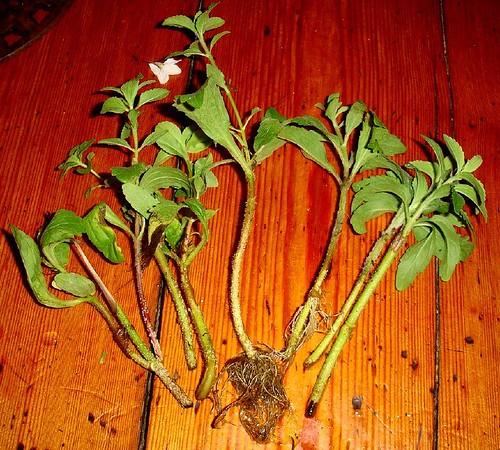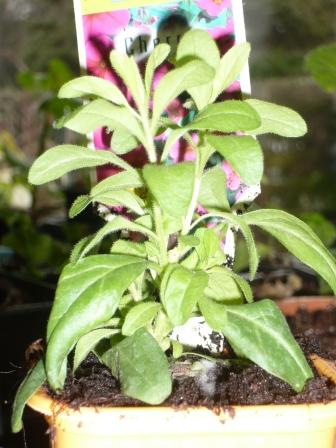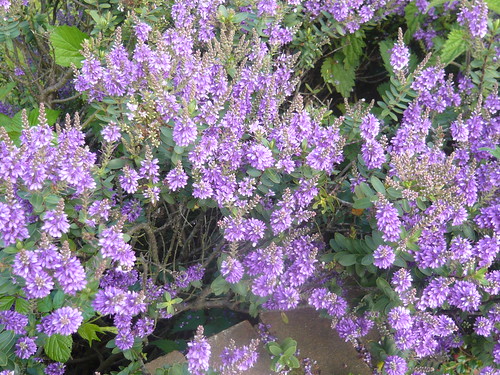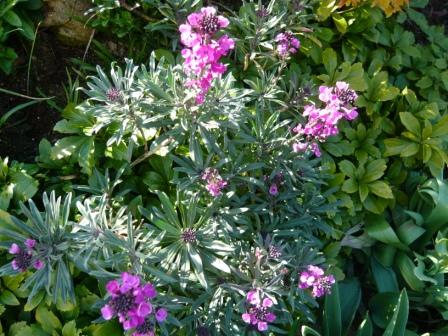Thrifty Gardening
Gardening is an area where there are many ways of saving money or reducing costs. A thrifty approach to gardening is not only possible it is highly desirable particularly in the early stages of gardening. It would be easy to buy the most expensive and decorative plants in the garden centre only to find that you didn’t know what you were letting yourself in for. The plant may die or fail in some other way because you didn’t understand its needs and the care required to look after it. So ask for advice.
Extra Plants for Free
- Increase your own stock by collecting seeds from annuals and plants you like. Leave a few vegetables to ‘run to seed’ e.g. peas and beans are good examples – at the end of the season let them grow until the seed pod is mature then collect and separate to dry the beans or peas and sow them again in spring.
- Increase your own stock by taking cuttings. Don’t worry about the occasional failure but take enough cuttings to cover losses.
- Increase stock by dividing up large clumps of plants. Many plants like Iris need this division treatment to remain healthy.
- Local horticultural and gardening clubs, neighbours, church fairs, friends, and family are good sources of cuttings, seeds and cheap but healthy plants.
- Look in your own garden for self sown plants I had some great cowslips in the garden when I arrived probably from seeds dropped by birds.
- Seeds or cuttings collected from positions where they are not needed to maintain the environment. (That is not to encourage theft from gardens or damage to the environment but there are many occasions when an opportunity won’t cause any problem)
Save on Consumables and Equipment
- Water is costly when metered so mulch rather than water. Water key plants individually and deeply. Collect rainwater in a barrel.
- Make your own seed pots from old packaging, margarine tubs, yoghurt pots or paper towel roll ends.
- If you have several old marked labels clean then in a jar of bleach to be able to reuse.
- Use organic slug control methods which tend to be free or cheap.
Top Gardeners Tip
Grow what gives you pleasure but if you can eat it or use it instead of buying something, like a bunch of flowers or present then you will get double value & pleasure.

